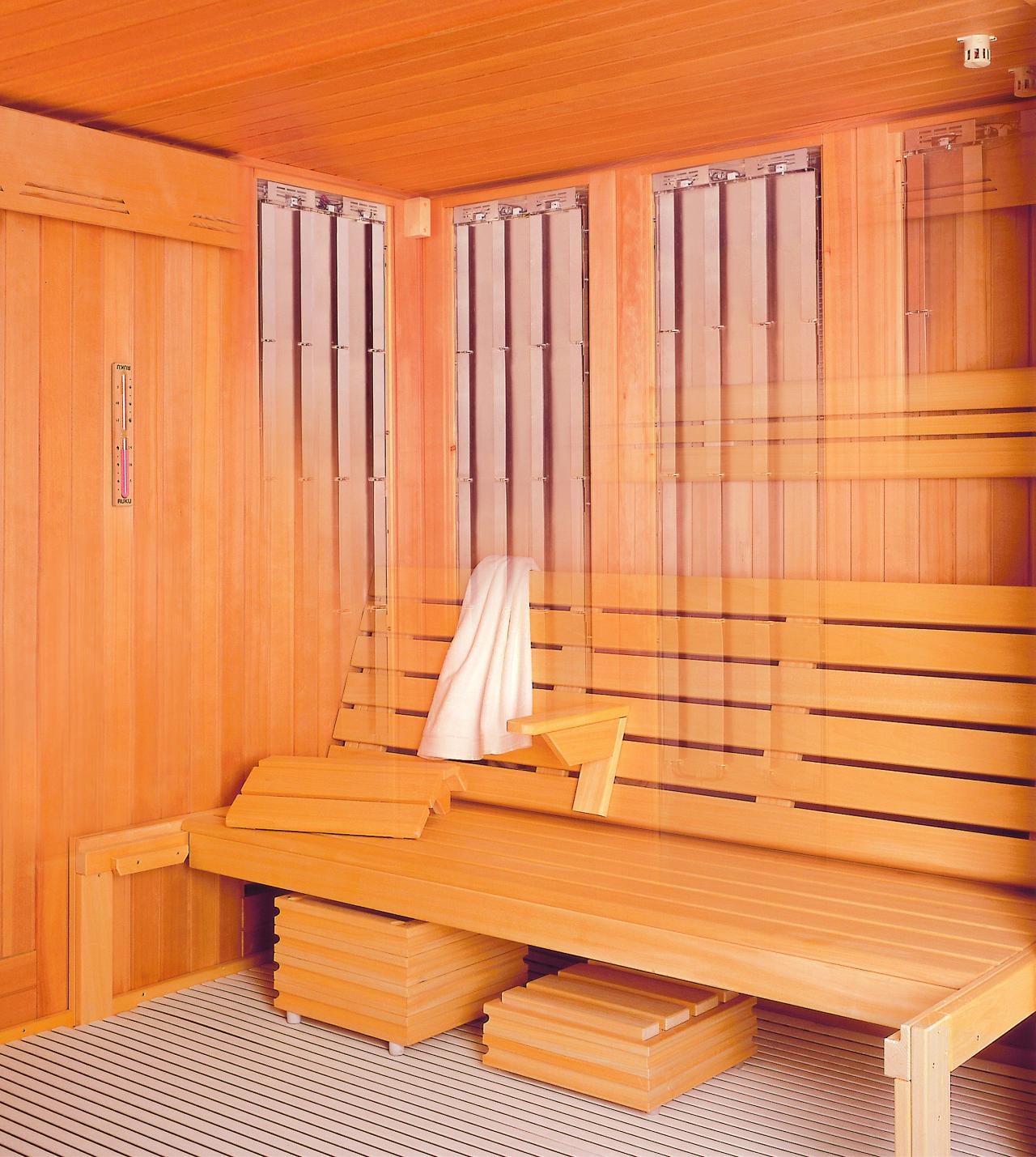Friedrich Wilhelm Herschel discovered the infrared radiation in the sun's spectrum in 1801. These components in sunlight are effective in the area of heat generation. The sensory cells of the human skin perceive it as heat radiation and react to it. Infrared radiation is not visible and, in the electronic spectrum of sunlight, is the proportion of rays that follows the coloured light in the wave range and is therefore found below (infra) the red light.
What actually is infrared?

How does infrared work?
The heat emitted by the heating elements in the Thermium cabin is similar in wavelength to the infrared component in sunlight and the heat produced in body tissue. Even the palms of our hands emit infrared!
The heat in the Thermium is tuned to the most therapeutically effective wavelength within the infrared range. This is because this wave range is further subdivided into infrared A, B and C rays.
Scientists and doctors have known for decades:
Infrared heat radiation with values from the long-wave (infrared C) range is the most useful from a medical point of view. It warms the surface temperature of the skin and flows through the blood and lymph channels to the core of the body - instead of causing sweating and dehydration. The heat activates a number of health-promoting processes in the core of the body. The heat radiation generated in the RUKU Thermium therefore only contains the long-wave infrared C component.
How does heat transfer work?
Heat radiation is one of three ways of transferring heat. If two bodies with different temperatures are located directly next to each other, heat is equalised by conduction. If the energy is transported by air, this is known as convection. And thermal radiation means that heat is transferred from a warm to a cold body without using the air as a medium for heat transfer. Instead, the radiant energy is transferred in the infrared wave range.
Example sun: The infrared radiation components of sunlight cause solid bodies on earth to react by exciting the atoms of their molecules, causing them to vibrate in different ways and thus release heat. The gases between the sun and the earth do not react to these infrared solar rays; it is therefore freezing cold at an altitude of a few thousand metres.